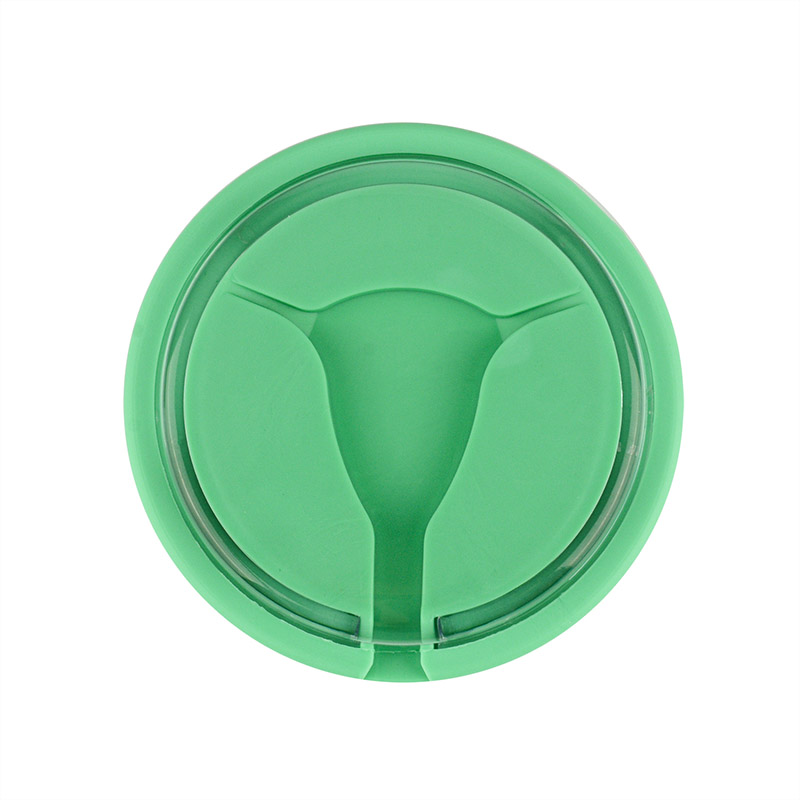Something You Need to Know about IUDs
What is an intrauterine device(IUD)?
An intrauterine device (IUD), also known as an intrauterine device (IUCD or ICD) or coil, is a small, usually T-shaped contraceptive device that can be inserted into the uterus to prevent pregnancy. An IUD is a form of long-acting reversible birth control (LARC). One study found that female planning family chooses LARC methods more often (41.7%) than the general public (12.1%). Among birth control methods, the IUD and other contraceptive implants bring the greatest satisfaction to users.
What are the types of IUDs?
These IUDs are divided into 2 types: Hormonal IUDs and Nonhormonal or copper IUDs.
Hormonal IUDs

Hormonal IUDs release progestin, which is a synthetic version of the hormone progesterone. Progesterone thickens cervical mucus, which makes it nearly impossible for sperm to reach the egg.
Progesterone also thins the lining of the uterus. This thin lining can make it difficult for the egg to implant in the uterus and lead to pregnancy in case sperm can get into the egg.
Nonhormonal or copper IUDs
Copper IUDs do not use hormones. Instead, copper destroys sperm to prevent it from entering the egg. It also creates an immune response that stops healthy eggs from developing and destroys any that develop.
Advantages and disadvantages of the IUDs
Although an IUD is an effective method of birth control, there are a few things to consider before installing it.
Advantages:
- It protects against pregnancy for 5 or 10 years depending on the IUD type.
- It works straight away once an IUD is fitted.
- It can be used by most people with a uterus.
- No hormonal side effects such as acne, headaches, or breast tenderness.
- It doesn't interrupt sex.
- It is safe to use an IUD if you are breastfeeding.
- Once the IUD is removed, pregnancy is possible.
- It is not affected by other medicines.
Disadvantages:
- Your periods may get heavier, longer, or more painful, but they may improve after a few months.
- It does not prevent sexually transmitted infections, so you may also need to use condoms.
- If you get an infection while you have an IUD fitted, it can lead to a pelvic infection if left untreated.
- Most people who stop using an IUD do so because of vaginal bleeding and pain, although these side effects are uncommon.
What are the risks of using an IUD?
IUDs are safe for most people, but in some cases, they can increase the likelihood of side effects and complications.
IUDs are not recommended for the following groups of people:
> have a sexually transmitted disease(STI)
> Recent history of pelvic inflammatory disease (PID)
> Possibly pregnant
> have cervical or uterine cancer
> Infection within the past 3 months as a result of a miscarriage or childbirth
Hormonal IUDs shouldn't be used by people who have had breast cancer.
Other possible risks include:
> Infection. There is a small risk of infection after insertion. The risk is highest (though still very low) for the first 20 days and then decreases significantly.
> Exclusion. There is a small chance that your IUD will shift. Using a menstrual cup, being under 20, and never getting pregnant increase the risk of expulsion.
> Perforation. The risk of perforation during insertion is very low. We're talking about a 2 in 1,000 chance.
How painful is it to insert an IUD?
What does it feel like to have an IUD put in? People often experience some cramping or pain when the IUD is inserted. For some people, the pain may be worse, but luckily it only lasts a minute or two. Some doctors will tell you to take pain medication before using an IUD to help prevent cramping.
How does an IUD work?
An IUD is similar to the intrauterine system (IUS), but instead of releasing progesterone like an IUS, it releases copper into the uterus.
Copper alters cervical mucus, making it harder for sperm to reach the egg and survive. It also stops the fertilized egg from implanting on its own.
If you got an IUD when you were 40 or older, you can keep it in your body until you reach menopause or you no longer need birth control.
How to tell if it's still in place
- The IUD has 2 thin wires that hang down from your uterus to the top of your vagina. The GP or nurse who fits your IUD will teach you how to feel the lines and check to see if it's still in place.
- Check your IUD a few times during the first month, then after each period, or at regular intervals.
- Your IUD is unlikely to come off, but if you can't feel the thread or think it has moved, you may not be able to avoid pregnancy.
- See your GP or nurse right away and use extra birth control, such as a condom, until your IUD is checked.
- Your partner should not feel your IUD during sex. If they can see a GP or nurse for a check-up.
How is the IUD removed?
The doctor will remove the IUD in their office. It should only take a few minutes. You'll put your foot in the stirrup and the doctor will use forceps to slowly pull out the IUD. You may have some cramping and bleeding, which should go away within 1-2 days.
If medical students want to practice how to insert and remove IUDs, the pocket IUD training model for placement and removal is worth considering. It comes with ulterus shape, made of high-quality material, is is realistic, portable, durable, and easy to use as medical education equipment. Usually used by teachers, students or doctors in medical classroom, hospitals, or clinics.
